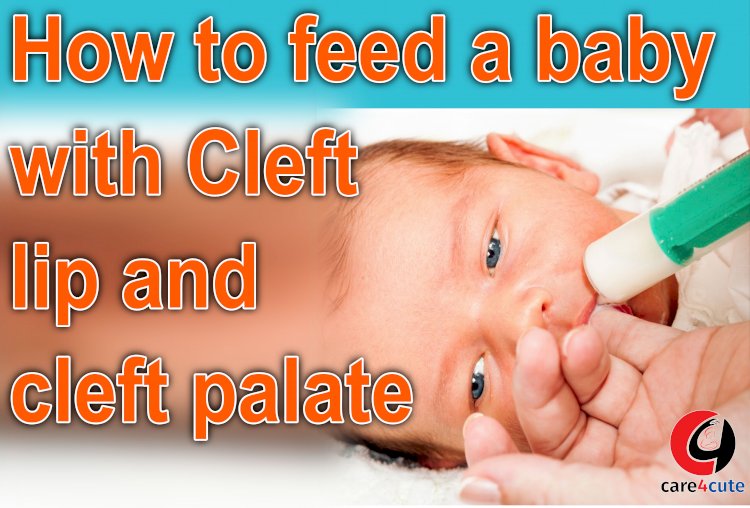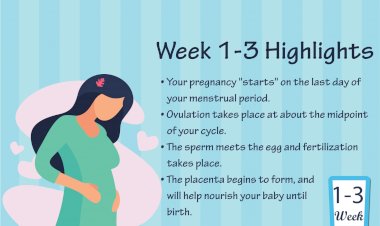How to Feed A Baby With Cleft Lip And Cleft Palate

How to feed baby with cleft lip Or cleft palate
The most immediate concern for a baby with cleft lip and cleft palate is good nutrition. The opening into the mouth from the nose causes a leak of air that affects suction. If the baby has only a cleft lip, there should be no problem of suction and the baby can suck milk from a bottle or breast. But when the gum and lip are split, the baby’s suction may be decreased and the baby might need a bottle with a faster flow rate. Some parents keep the two sides of the lip together without blocking the nose to restore suction immediately. The following advice will help you to feed your baby properly.
Breastfeeding:-
- Breastfeeding a baby with a cleft lip but no cleft palate can be easy, but sometimes need to change feeding position so that mother’s breast tissue fills the gap in the mouth.
- Breastfeeding a baby with a cleft palate is really challenging unless the baby’s cleft palate is very far in the back of the mouth and very small.
- Most mothers of baby with cleft palate should start breast pumping using a breast pump as soon as possible after discharge from hospital and continue after each feed.
- Ask a lactation consultant about correct positioning and pumping technique. Discuss feeding plan with specialist before discharge from the hospital.
Bottle Feeding:-
Feeding the babies having cleft palate which is not making enough suction in the nipple to draw out formula or breast milk from a bottle is challenging. Specially designed bottle systems, nipples and flow valves aid will make it easy and effective for feeding your newborn. Here are some tips for bottle feeding:-
- Small and frequent feedings are often used in the first weeks of life for a baby with a cleft palate. Try to limit feedings to less time such as 30 minutes with an extra 10 minutes for burping and changing.
- Hold your baby in a (45 degree angle) semi-upright seated position, to limit the amount of milk that enters the nasal passage. Keep your baby's head and shoulders in one hand and the bottle in other hand. If you are more comfortable with the baby in the crook of your elbow than place a folded blanket or pillow under that elbow to hold the baby in more upright position. If there is a large amount of milk in the nose, or if your baby spits up milk, tilt the baby forward. Your baby will swallow extra milk in the back of the throat. The extra milk in the front of the mouth and nose will be out by gravity. You can also use a bulb suction to help, but the positioning is very important to prevent any extra liquid from sliding to the back of the throat.
- Hold your infant so the head, neck and shoulders are in a straight line, or with the chin slightly tilted toward the chest.
- Tickle the baby’s lower lip or corner of the mouth with the nipple and place it over the tongue when the baby’s head turns toward the nipple and the mouth pops open. You may need to pull the lower jaw down gently to get the baby’s tongue down and out of the way.
- After settling the nipple in your baby's mouth, allows the baby to suck and breathe a few times before beginning any compression. Start with gentle compression and slowly increase the pressure. Baby's face should remain calm. For the Pigeon nipple, place the nipple in the mouth parallel to the tongue so that it does not fill over for the initial some swallows. Once the baby is comfortably breathing and sucking, you can lift the bottle so that the nipple fills more milk.
- Immediately remove the nipple from your baby’s mouth if you see any danger signs like difficulty in respiration, head pulling back, no breath for 3-4 sucks, coughing or sick look on your baby’s face. When baby becomes comfortable then start again but more slowly.
- There is something you can do to control the amount of air swallowed during feedings. Your baby will need to burp frequently, but don’t interrupt the feeding again and again. For very young baby, all you will have to do to is straighten up the baby by pushing gently up at the back of the waist and lifting the front of the chest with the other hand.







































Comments (0)